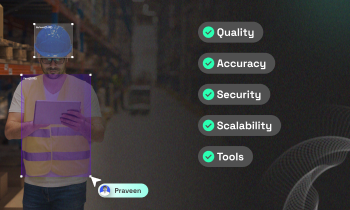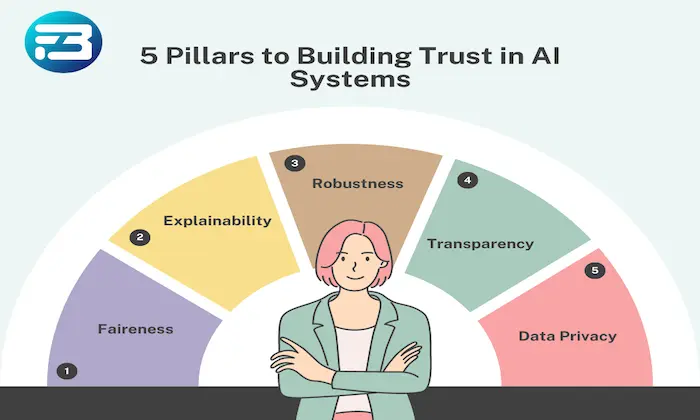How are these doctor–patient conversation datasets applied in sentiment and empathy modeling?
Sentiment Analysis
Healthcare
Empathy Modeling
Doctor-patient conversation datasets are essential in advancing sentiment and empathy modeling within healthcare AI, providing a detailed understanding of medical communication. By utilizing these datasets, AI systems can better interpret emotional cues and offer empathetic responses, ultimately improving patient care.
The Role of Sentiment and Empathy in Healthcare
In healthcare settings, the ability to understand patient sentiment and display empathy is crucial. Patients often seek emotional reassurance alongside medical advice, making it essential for AI systems to recognize and respond accurately to emotional cues. Doctor-patient conversation datasets feature natural dialogues between healthcare professionals and patients, offering a valuable foundation for training AI models to emulate human-like interactions that acknowledge both medical and emotional needs.
Key Features of Doctor-Patient Conversation Datasets
Doctor-patient conversation datasets are carefully curated to ensure clinical accuracy while adhering to ethical standards. These datasets cover a wide range of medical scenarios, such as consultations, diagnoses, and follow-ups, and reflect the diversity of global healthcare communication. Key features include:
- Authenticity: The datasets are made up of realistic, unscripted dialogues, ensuring that the emotional depth and clinical validity are preserved.
- Diversity: They include multiple languages and dialects, ensuring that AI models can understand and interact with patients from various cultural backgrounds.
- Emotional Cues: Natural emotional expressions are incorporated into conversations, which is critical for training AI models in sentiment and empathy detection.
Applying Datasets in Sentiment and Empathy Modeling
Training AI Models
AI models utilize doctor-patient conversation datasets to detect sentiment and empathy using a variety of techniques:
- Natural Language Processing (NLP): NLP algorithms analyze conversation tone, word choice, and contextual cues to grasp the emotional nuances in patient communication.
- Machine Learning Algorithms: These algorithms use supervised learning techniques to classify emotional tones in dialogues, allowing the model to distinguish between positive, negative, and neutral sentiments.
- Contextual Understanding: The datasets train models to interpret dialogues within their medical context, ensuring that responses align with the emotional state and medical concerns of the patient.
For example, a model might recognize that phrases like “I’m really worried” from a patient necessitate an empathetic response, such as offering reassurance or asking further questions to explore their concerns.
Annotation for Sentiment and Empathy
Annotations play a crucial role in guiding AI models to recognize emotional content accurately:
- Sentiment Tagging: Labels are applied to utterances to indicate whether the emotional tone is positive, negative, or neutral.
- Empathy Tagging: Identifies compassionate expressions such as “I understand how you feel” or “It must be tough,” enhancing the model's ability to respond with empathy.
- Intent Recognition: Tags distinguish between different conversational intents, such as providing information, offering emotional support, or reassuring the patient.
These annotations are essential to ensure that AI systems can navigate the emotional landscape of healthcare conversations effectively.
Real-World Impacts
AI models trained on these datasets are already making significant strides in healthcare environments. For instance, telemedicine platforms use sentiment analysis to gauge patient emotions in real time, enabling more personalized and responsive care. Similarly, patient management systems that incorporate empathy detection can tailor communication strategies, ensuring that patients feel understood, valued, and cared for.
Common Challenges and Best Practices
Despite their potential, challenges such as overfitting and inadequate annotation can hinder the performance of sentiment and empathy models. To overcome these challenges, healthcare AI teams should follow these best practices:
- Ensure Diversity: Incorporating a wide range of training examples from different demographics, medical conditions, and emotional states helps the model generalize more effectively across varied situations.
- Focus on Context: Models must be trained to consider the conversational context—such as tone, timing, and emotional cues—so that responses are not misinterpreted.
- Maintain High-Quality Annotations: Investing in rigorous annotation processes and expert reviews ensures the quality of the training data, making the models more reliable in real-world applications.
Conclusion
Doctor-patient conversation datasets are critical in developing healthcare AI solutions that combine clinical expertise with emotional intelligence. By enabling AI systems to effectively interpret sentiment and empathy, these datasets enhance patient interactions, improve care outcomes, and contribute to the overall quality of healthcare delivery. For AI-driven healthcare projects requiring nuanced emotional understanding, FutureBeeAI offers ethically compliant, diverse datasets ready to drive innovation in sentiment and empathy modeling.
Smart FAQs
Q. What types of AI models benefit from doctor-patient conversation datasets?
A. AI models focused on natural language understanding (NLU), sentiment analysis, and empathy detection can all benefit from these datasets, enhancing their ability to interpret and respond to patient emotions effectively.
Q. How is the quality of the dataset ensured?
A. The quality of these datasets is maintained through rigorous data collection and annotation processes. Automated quality checks, combined with expert medical reviews, ensure that the datasets are linguistically accurate, clinically relevant, and emotionally nuanced.
What Else Do People Ask?
Related AI Articles
Browse Matching Datasets
Acquiring high-quality AI datasets has never been easier!!!
Get in touch with our AI data expert now!








